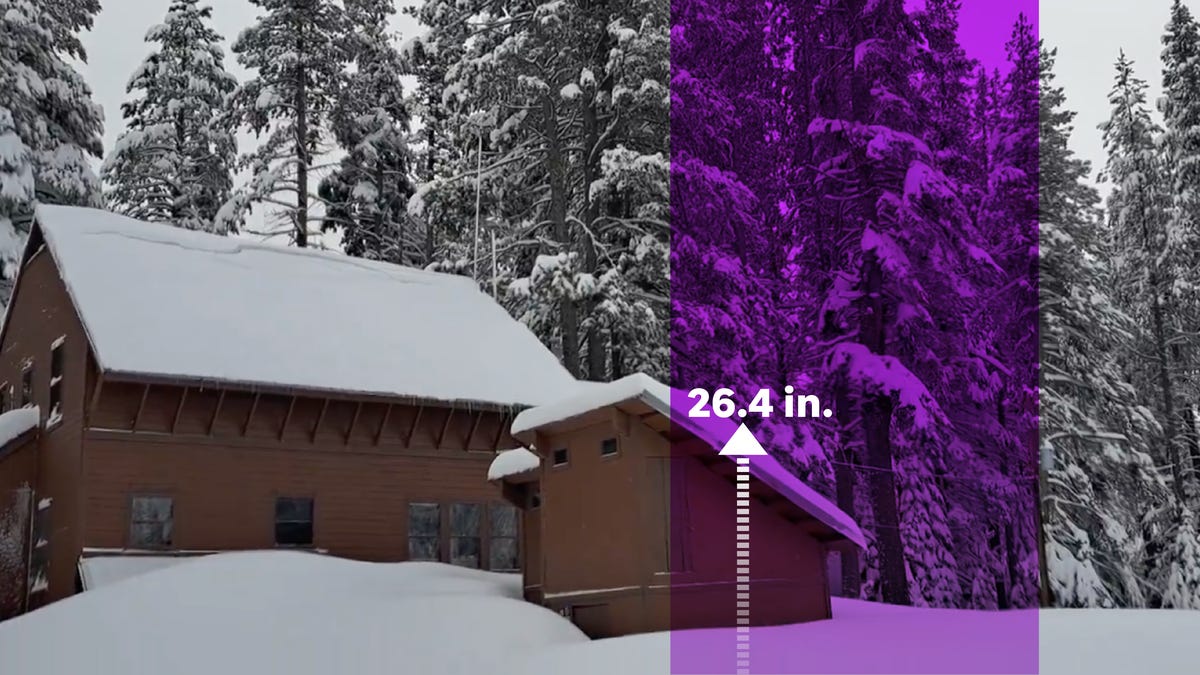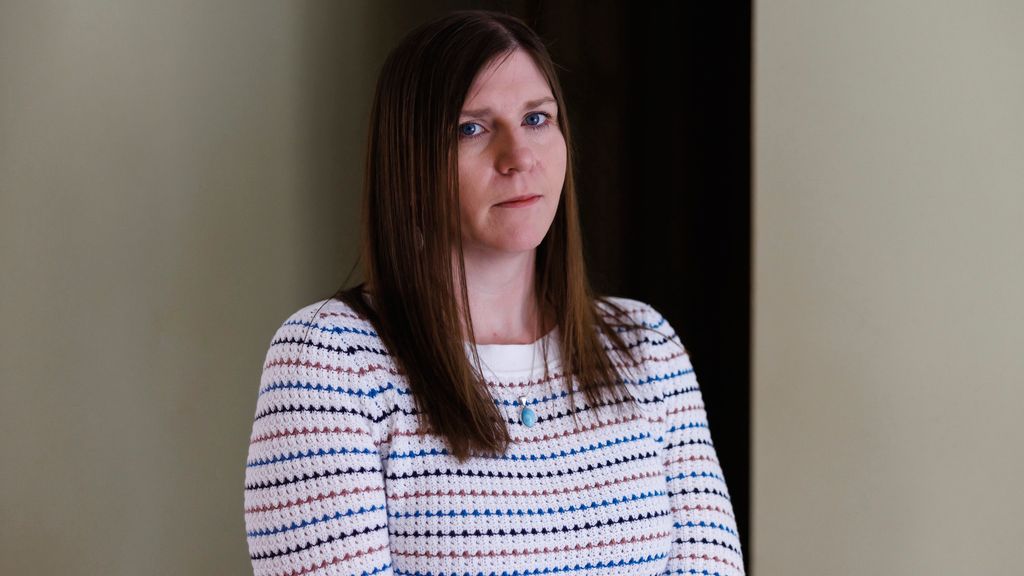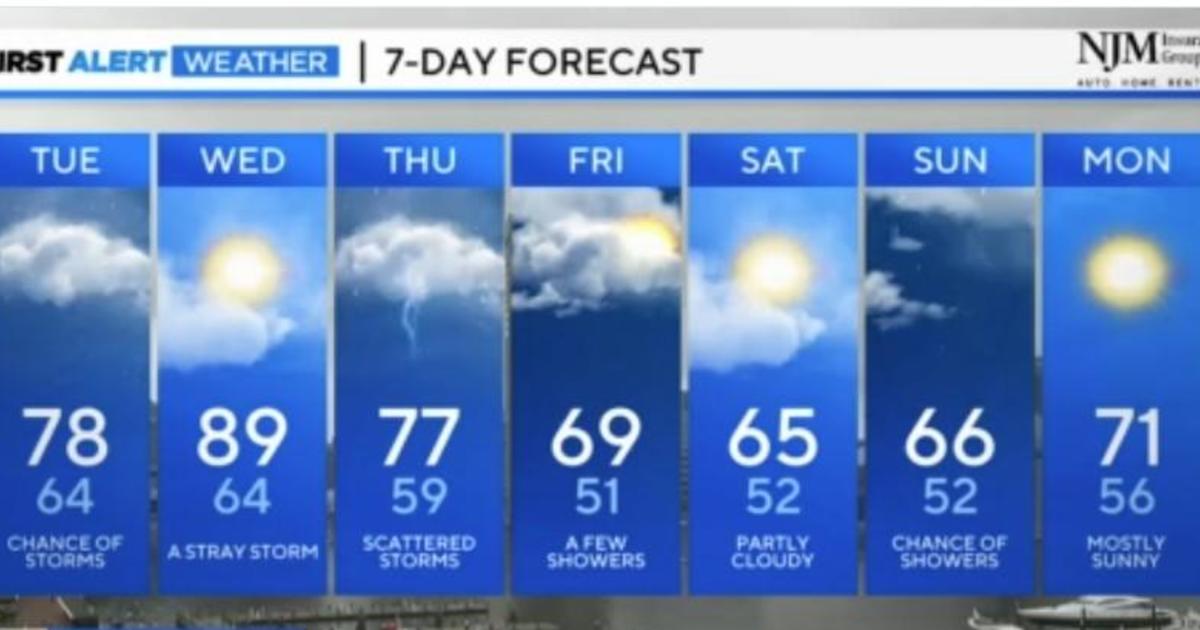Austin, TX
Texas Attracted California Techies. Now It’s Losing Thousands of Them.
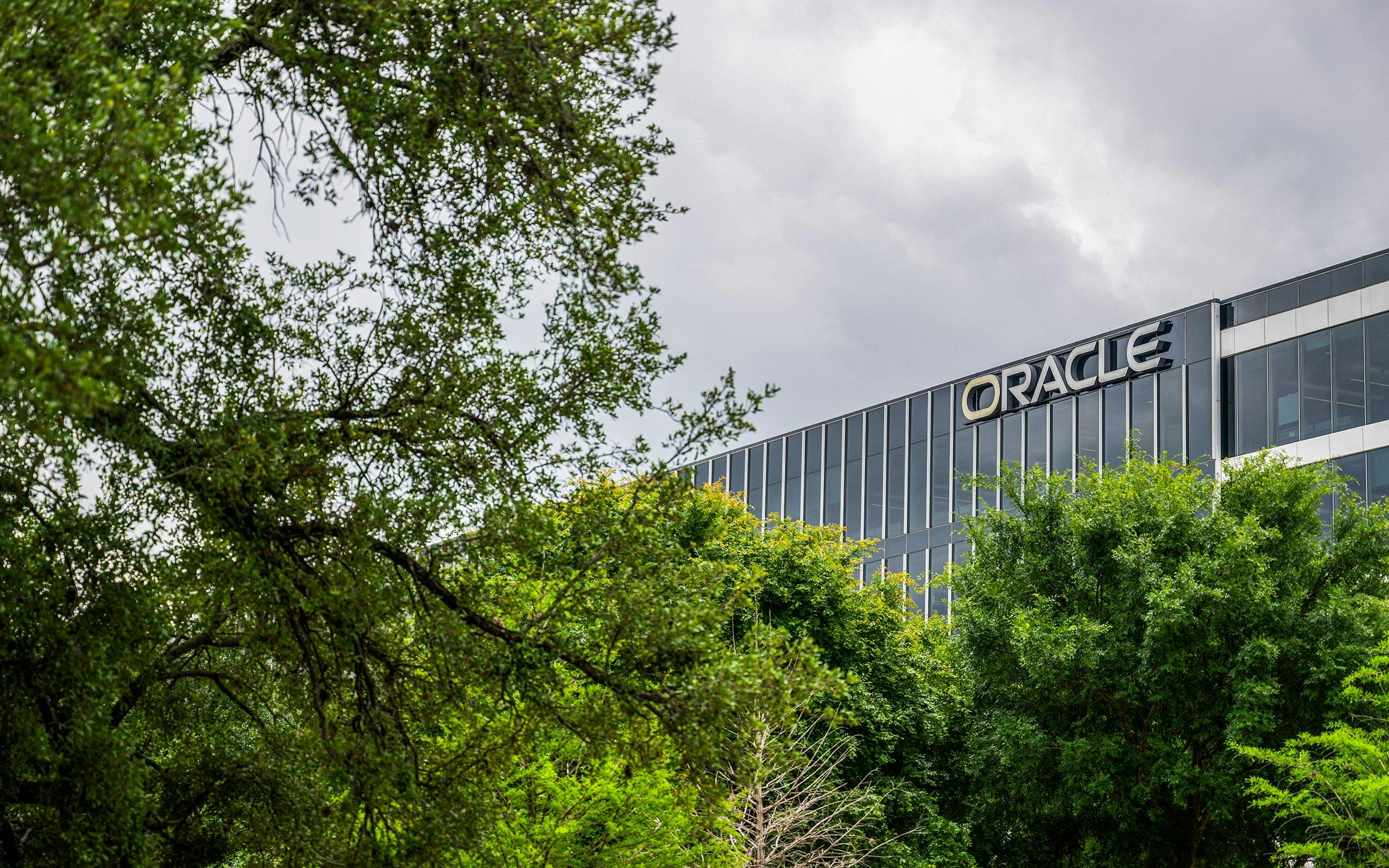
Back in the halcyon days of 2020, a year we all remember fondly, a new flash point opened in the enduring war between Texas and California. Technologists started picking up sticks in Taxifornia and moving to the Lone Star State in greater numbers. The enemy’s chief newspaper, the Los Angeles Times, worried that Silicon Valley’s “monopoly” was over and wondered if Austin was “the future.” Governor Greg Abbott declared Texas was “truly the land of business, jobs, and opportunity.”
In the wave of stories about Austin’s ascension in 2020, there were always two pieces of evidence given top billing. That year the tech goliath Oracle relocated its HQ to Austin, where it had already built a massive campus on the south shore of Town Lake, and Elon Musk began building a gargantuan Cybertruck factory just outside the city. Austin-area authorities helped Oracle secure valuable lakefront real estate and offered Tesla some $60 million in tax abatements, including $50 million from the historically struggling school district in Del Valle. The new facilities were greeted by state officials as evidence that the “Texas Miracle” was alive and well. Abbott proudly proclaimed last year that Austin was “THE destination for the world’s leading tech companies.”
This week saw a major plot twist in that narrative: Oracle declared it was moving its headquarters to Nashville, and Tesla—the largest private employer in the capital city—announced it would be laying off almost 2,700 workers from its Austin plant after a disappointing earnings report. Texas wasn’t really at fault here. Oracle, which makes business software, cited Nashville’s strength as a center of the American health-care industry, though it surely also helps that the company is getting nearly a quarter of a billion dollars in tax breaks and incentives from the city and the state of Tennessee. Tesla, meanwhile, laid off workers across the country after the Cybertruck suffered significant quality issues that put the future of its Austin production facility in doubt. The city’s debut in auto manufacturing is a vehicle that apparently rusts in the rain. The factory complex, which Musk once promised would become an “ecological paradise,” recently took advantage of a new state law to exempt itself from Austin’s environmental regulations.
But while hard financial realities explain the HQ move and the layoffs, the news also evidences a moment of cultural change: the sudden hotness Austin enjoyed in 2020 has dissipated, at least a bit, into notness. In the mad summer of 2020, tech evangelist Joe Lonsdale wrote that Texas stood as a new frontier in the fight for human freedom and vowed to build a new city outside Austin to serve as a safe haven for disruptors, like other utopians who have been coming to the state for centuries. But, it turned out, after the COVID-19 pandemic, there was more utility in the status quo. When in-person work came back, rubbing shoulders in Palo Alto became more valuable to tech leaders. And while Lonsdale remains, many members of his tribe started heading home.
In December, perhaps not coincidentally after Austin’s most miserably hot summer ever, TechCrunch wrote that start-ups were fleeing the city, which was “losing its luster.” Not surprisingly, some of the Californians who moved here during the pandemic realized they had traded Edenic weather for 110-degree summers and no income tax, and they decided that the income tax wasn’t that bad. That was reflected in the tech industry’s financials. Venture capitalists invested $6.75 billion in Austin start-ups in 2021, but in 2023 they invested only $3.8 billion. (Funding also fell in Palo Alto amid an industry-wide crunch, but the Bay Area remained king by far, with companies there raising more than $60 billion in investment in 2023.)
Oracle’s decision to move its HQ out of Texas after less than four years is a reminder that trying to lasso global companies is like trying to wrestle the wind, and that the economic-development incentives that were so vaunted here earlier this century can only do so much. Austin will most likely continue to grow, of course, but the end of this particular hype cycle coincides with a ground shift in the state’s political identity.
For the first two decades of the century, what it meant to be Texan—as explained by the state’s politicians—was largely wrapped up in a feeling of competition with California. The state’s “wins” were often counted by how many new residents and companies Texas could induce to move here from the Golden State.
Governor Rick Perry was the main figure associated with this contest: he bragged endlessly about the deals he had struck with CEOs from colder and more heavily income-taxed states, and even about the rising price of in-demand U-Haul rentals from San Francisco to Dallas. He took credit for the growth of the Texas economy, the primary accomplishment of his fourteen-year stretch in office. Abbott picked up the baton, and Senator Ted Cruz has sought to share in the glory. The political culture of the state was oriented around attracting newcomers at any cost, even if the effort got a little ridiculous.
In 2014, the producer of the hip Sriracha Hot Chili Sauce, Huy Fong Foods, got into trouble with the local authorities in Irwindale, California, near Los Angeles. The problem: residents said the roasted chile fumes from the factory were giving their eyes and throats hell, and the city sued the company to try to make it curb its emissions. (The company denied responsibility and hung a banner outside its headquarters reading, “No tear gas made here,” but air-quality regulators promised to investigate.) “[That] would not happen in Texas,” said then–state representative Jason Villalba, a moderate Republican from the Dallas area. He led a delegation of Texas lawmakers—two state representatives, a state senator, and officials from the governor’s office, the attorney general’s office, and the Texas Department of Agriculture—to beg Huy Fong to relocate to some part of Texas where the residents would be grateful.
The delegation did not succeed: the factory’s owner used the Texans as leverage to negotiate with California authorities and sent both groups packing. Nearly every statewide politician in the Lone Star State, however, agreed that this kind of effort was valiant, even as theater: the state’s role was to encourage new businesses and new folks to move here, even if the transplants inspired grumpy jokes.
That belief has dissipated. The right wing in Texas has changed how state officials view newcomers and the very prospect of economic growth. That shift accelerated at the start of the pandemic, when hostility to Californians and transplants had become more commonly expressed by Texas politicians. Republicans are now just as likely to promise to protect Texas from Californians as to celebrate winning them over. At a rally this spring, Perry noted that Texans frequently approach him to blame him—even if jokingly—for all the out-of-staters they have to deal with now. Last Friday, the Republican Party of Texas (run by a transplant from Connecticut) sent a fund-raising appeal that began with the declaration that “Joe Biden is flooding Texas with migrants & Californians.”
This generation of Republican leaders, most prominently Lieutenant Governor Dan Patrick—himself a transplant from Baltimore—is less prone to seeing economic growth as a goal in and of itself. The state GOP has grown increasingly skeptical of business interests, which often favor moderate Republicans and a timid approach to the culture wars. When Rick Perry left office, the Legislature kneecapped his most treasured economic development: slush funds.
Recent sessions saw a prolonged fight over the future of the Chapter 313 tax-incentive program, created in 2001, which authorized property tax breaks to induce large businesses to relocate here. The Legislature allowed the program to expire in 2022 and then revived it in a new and shrunken form that went into effect this year. While Abbott blamed the loss of a major semiconductor plant to New York on the lapse of the program, Patrick was quite proud of the death of Chapter 313, which he said had been “misused.”
More than just the mood of the Legislature has changed. While many Texans don’t like Californians, those who use the word as a curse are generally using it to describe all newcomers, much like those who call brown migrants “Mexicans.” Though no polling will tell you so, and though those who are angry about newcomers may not themselves make the connection, there’s a good case to be made that the fear of both Latin American migrants and American transplants comes from a general sense of economic instability. Texas overall has gotten much wealthier this century. But that wealth has been distributed unevenly. The cost of living in the state’s cities has skyrocketed: home prices have risen faster in Austin than in Los Angeles this century, according to Federal Reserve data. In the last decade, housing prices in DFW more than doubled, while the median income only rose 45 percent. Chicago is now a better bet for would-be homeowners.
Meanwhile, Texas is not a low-tax, low-service state, as is commonly held. It’s a high-tax, low-service state: we may have no income tax, but at least one study found that we have one of the ten highest total tax burdens in the nation, with property taxes making up most of the gap. The quality of state services, however, has not improved commensurate with the growth of state budgets. Older Texans feel squeezed in cities where they’ve lived for decades. Younger Texans go to too-often substandard schools, receive substandard health care, and then can’t afford homes in the cities of their birth. Texas politics has increasingly focused on managing the resulting resentment, and the easiest way to do so is to blame outsiders.
But that puts state leaders in a bind. The state’s economic model is dependent on cheap migrant labor, skilled workers from out of state, and the regular infusion of new capital. Transplants are twice as likely as native Texans to have a bachelor’s degree. They live in homes built by, and eat at restaurants staffed by, undocumented migrants. The growth that results helps everyone, but it benefits some much more than others. “All boats rise,” Steven Pedigo, a professor at the LBJ School of Public Affairs at the University of Texas at Austin, told Texas Monthly in 2021, “but not all boats rise enough and rise fast enough” to account for rising costs of living. So even in the good times, you have burgeoning resentment. Problems accruing from the population surge go unaddressed as the Legislature stumbles from budget surplus to budget surplus.
Smarter anti-immigration conservatives make the case that by using foreign labor to solve America’s skilled-labor shortages, the country stifles the process by which native Americans might be trained up to meet skilled-labor demand. We import doctors and engineers because it’s cheaper than training our own. Whether that’s true or not, Texas is doing something similar with “Californians.” The state stinks at developing its own labor force. And why should we bother when we can poach workers from other states?
But no boom lasts forever, and Oracle’s departure is a reminder that folks can move in both directions. What happens when the influx slows—and we’re left with our own atrophied mechanisms for generating growth? Well, we can do what Americans have always done. We can hitch the U-Haul to the Cybertruck and hit the road.

Austin, TX
Texas leads nation in number of people who lost Medicaid coverage
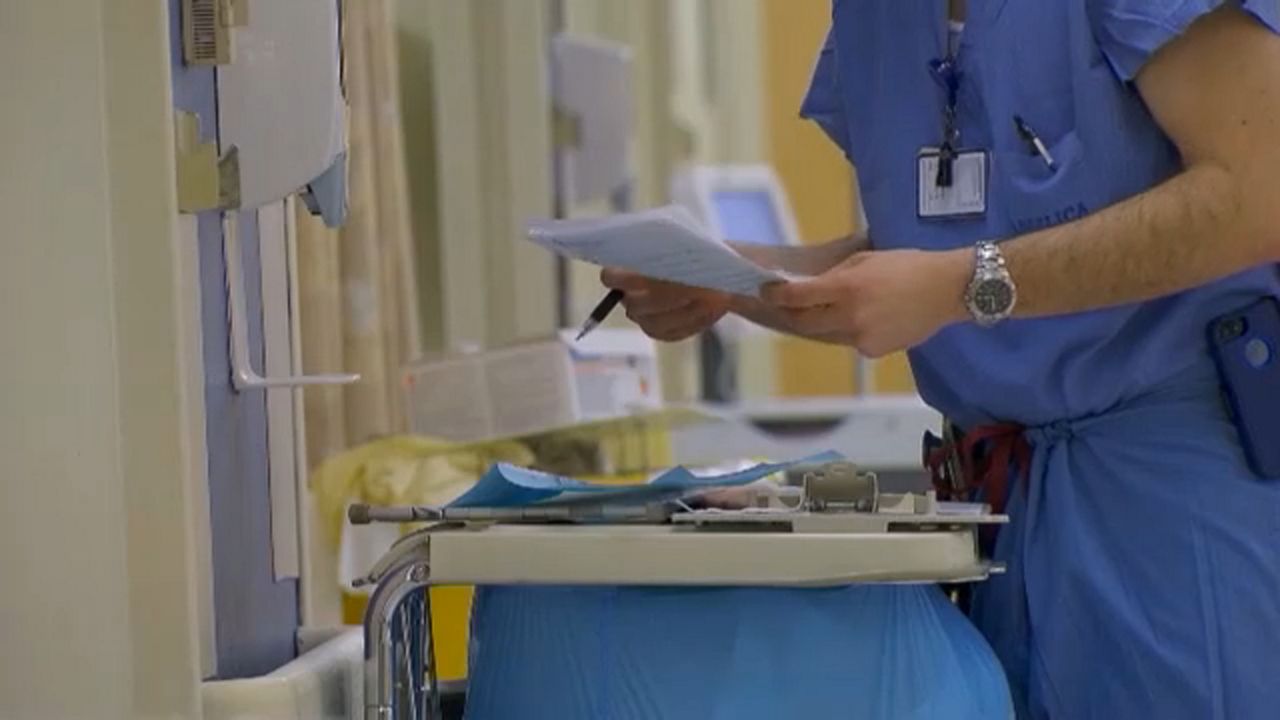
AUSTIN, Texas — Texas is leading the nation with the number of adults and children who lost Medicaid health coverage during the state’s unwinding process. Over two million people were unenrolled in the last year because of the end of federal coverage, that Texas chose to not supplement.
As a result, hospital bills could rise to cover the uninsured.
“If we have a high percentage that can’t pay in hospital ultimately it’s going to affect everyone through their health insurance premiums,” said Stephen Love, president and CEO of the Dallas-Fort Worth Hospital Council.
Texans who lost Medicaid were determined ineligible or removed for procedural reasons. That happens when the state can’t locate someone to verify reenrollment or doesn’t have enough information to determine if someone is eligible.
However, federal law requires states to attempt to use data already available to determine eligibility.
“States usually have this set up where there are certain groups of folks, broad kind of buckets, where they think they’re going to have enough information based on those systems to know whether they can do this and groups where they don’t,” said Laura Dague, a Public Service and Administration professor at Texas A&M University.
Texas Health and Human Services says Medicaid enrollment numbers are in line with the department’s projections, and what they expected the dis-enrollment would be at this time. But some experts say more people should’ve been re-enrolled.
“Texas decided to go through this Medicaid unwinding process pretty quickly. We could’ve taken longer. Other states have chosen to extend the amount of time to make sure that everybody that was still eligible was able to stay on,” said Brittney Taylor-Ross, a senior policy analyst at Every Texan.
While the state works to review Medicaid eligibility, other social services have been delayed.
“Mid-April, we were looking at about 67,000 SNAP applications that were sitting in the backlog,” said Taylor-Ross.
The effect of the people losing coverage could trickle into other aspects of the state.
“If you’ve got people that are missing working, calling in sick, etcetera it’s going to raise other type of workforce cost for employers,” said Love.
Texas HHS expects Medicaid enrollment numbers to continue to fluctuate as they complete the redetermination process. They’ve released their move up-to-date figures of their Medicaid unwinding effort on their End of Continuous Medicaid Coverage dashboard.
Austin, TX
Texas weather: Rain in Hill Country expected to help lake levels
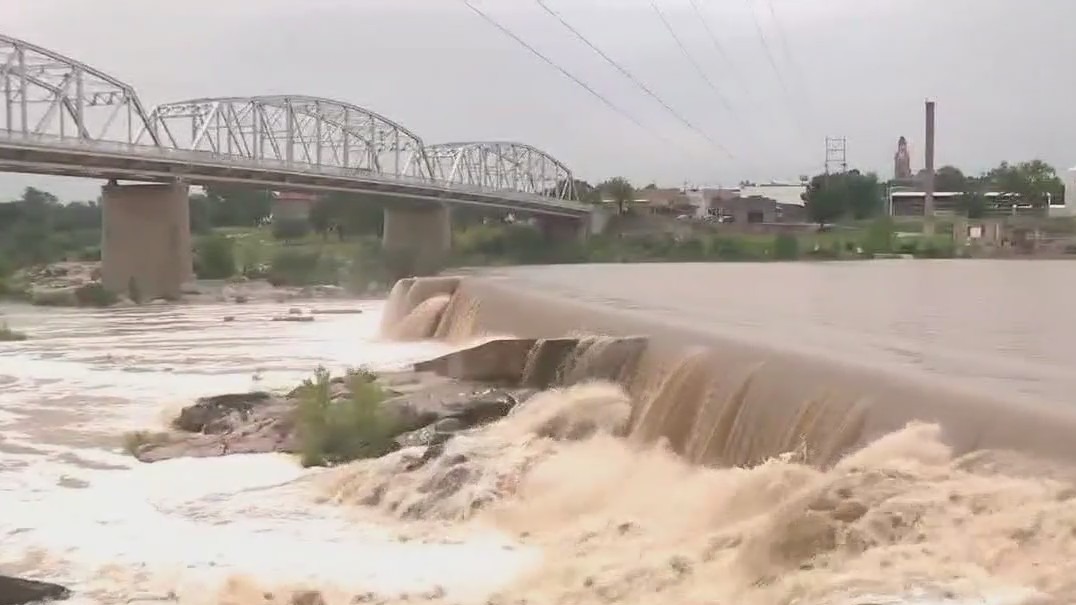
Rain in Hill Country to help lake levels
Weekend rain in Texas brought flood water to parts of the Hill Country. It will trickle downstream and is expected to help with lake levels in the Austin area.
CENTRAL TEXAS – Weekend rain brought flood water to parts of the Hill Country. It will trickle downstream and is expected to help with lake levels in the Austin area.
Water rushed over the Llano Dam on Monday.
“We’ve received beneficial rainfall throughout the upper part of the Highland Lakes Watershed,” said John Hofmann, executive vice president for water at the Lower Colorado River Authority.
“I know the people that live on Lake Travis are going to be really happy. I live on LBJ, and we have a constant level. My parents live on Lake Travis, and they are going to be happy to see that,” Max Galen, who works in Llano, said.
MORE: Texas weather: Storms bring drought relief, damage across Hill Country
Flooding in Llano
Recent storms brought some drought relief to parts of the Hill Country, but there were also several high water rescues
About two feet of water closed off County Road 307 at the Slab in Kingsland.
“It’s awesome, really it’s nice to see it back up to where it used to be, well almost where it used to be,” Stacy Branum, Kingsland resident, said.
Going downstream, that water is expected to help lake levels at Lakes Buchanan and Travis, though Lake Buchanan will see more benefit. It’s gone up three feet since last week and is 53 percent full.
“We had looked forward to El Niño as being possible for really improving our rainfall situation. It hasn’t really come through as we had hoped, but the rains that we’ve received in the last couple of weeks have been very helpful,” Hofmann said.
VIDEO: Llano River flooding
With recent storms in Central Texas, flooding has begun in the Llano River in Kingsland.
Lake Travis has gone up a foot since last week and is 39 percent full.
Despite the small rise in water, it will take much more for these lakes to be completely full.
“You would need significant rainfall for the lakes to fill up, although what we’ve seen in the last week is really important because it has replenished a lot of the moisture that was lost in the soil. We began to see runoff in our watershed that we haven’t seen in a long time,” Hofmann said. “We have to continue to be very mindful about water conservation and making sure that we’re using water as wisely as we can. We still have a hot, dry summer ahead of us.”
LCRA says if we get more rain in the next week or two, that will help even more with lake levels.
Austin, TX
Groundbreaking dates set for temples in Bolivia, Texas

The First Presidency of The Church of Jesus Christ of Latter-day Saints has announced groundbreaking dates for two temples — June 8 for the Santa Cruz Bolivia Temple and Aug. 17 for the Austin Texas Temple.
Of the Church’s 350 temples total worldwide that are dedicated, under construction or in planning and design, nine have concluded or are concluding construction and have been announced for dedication, with 42 more currently under construction. Two — the Teton River Idaho and Cleveland Ohio temples — are scheduled for June 1 groundbreakings.
The Church makes every effort to construct temples in an expeditious manner. At times, various reasons may delay a temple’s completion and dedication.
The two groundbreaking dates were first published Monday, May 6, on ChurchofJesusChrist.org. Attendance at the sites will be by invitation only, with additional details on the events to be released as the groundbreaking dates draw closer.
Santa Cruz Bolivia Temple
Elder Jorge F. Zeballos, a General Authority Seventy and president of the Church’s South America Northwest Area, will preside and offer a dedicatory prayer at the June 8 groundbreaking services for the Santa Cruz Bolivia Temple.
President Russell M. Nelson announced a temple for Santa Cruz during the October 2020 general conference. The site location was announced two years later, on Nov. 28, 2022.
With plans calling for a single-story building of approximately 29,000 square feet, the Santa Cruz Bolivia Temple will be built at Avenida Quinto Anilla y Santa Rosa (Av. Radial 27), Santa Cruz de la Sierra, Bolivia.
Bolivia has two other houses of the Lord — the Cochabamba Bolivia Temple, dedicated in April 2000, and the La Paz Bolivia Temple, which was announced in October 2021 and had its site made public in August 2023.

In conjunction with the groundbreaking announcement, an exterior rendering of the Santa Cruz Bolivia Temple was released Monday.
Missionaries began teaching the gospel of Jesus Christ in the Andes Mission in November 1964. Today, Bolivia is home to more than 225,000 Latter-day Saints in over 270 congregations.
Austin Texas Temple
Elder Michael A. Dunn will preside at the Aug. 17 groundbreaking ceremony and offer a dedicatory prayer. A General Authority Seventy who is currently second counselor in the North America Southwest Area presidency, Elder Dunn will serve as first counselor in the presidency beginning Aug. 1.

President Nelson announced a temple for Austin during April 2022 general conference, one of 17 locations he announced on April 3, 2022, bringing to 100 the number of temples he had announced since becoming President of the Church in 2018. Through April 2024 general conference, he has announced 168 temples.
First published in September 2023, the exterior rendering of the Austin Texas Temple visually represents that house of the Lord according to initial details as announced when its site location was released in December 2022.
The house of the Lord is to be built on a 10.6-acre site adjacent to an existing meetinghouse at 1801 E. Park St., Cedar Park, Texas. It is planned as a single-story temple of approximately 30,000 square feet. Cedar Park is a suburb northwest of Austin.

The Austin temple is one of nine in Texas. Operating temples are located in Dallas, Houston, Lubbock, McAllen and San Antonio, with one in Fort Worth under construction. The Austin temple is one of three in planning stages, along with others in McKinney and south Houston.
Missionaries first visited Texas in 1843. In 1898, about 300 Church members settled on land purchased by the Church in northeast Texas that would become the colony of Kelsey, about 110 miles east of Dallas.
Church membership in Texas has grown rapidly in recent decades — from 132,000 Latter-day Saints in 1985 to just over 210,000 in 2000. Today more than 385,000 members of the Church comprise the 750-plus congregations in the state.
-

 News1 week ago
News1 week agoBoth sides prepare as Florida's six-week abortion ban is set to take effect Wednesday
-

 Politics1 week ago
Politics1 week agoGOP Rep. Bill Posey won't seek re-election, endorses former Florida Senate President as replacement
-

 World1 week ago
World1 week agoRussian forces gained partial control of Donetsk's Ocheretyne town
-
Movie Reviews1 week ago
Challengers Movie Review
-
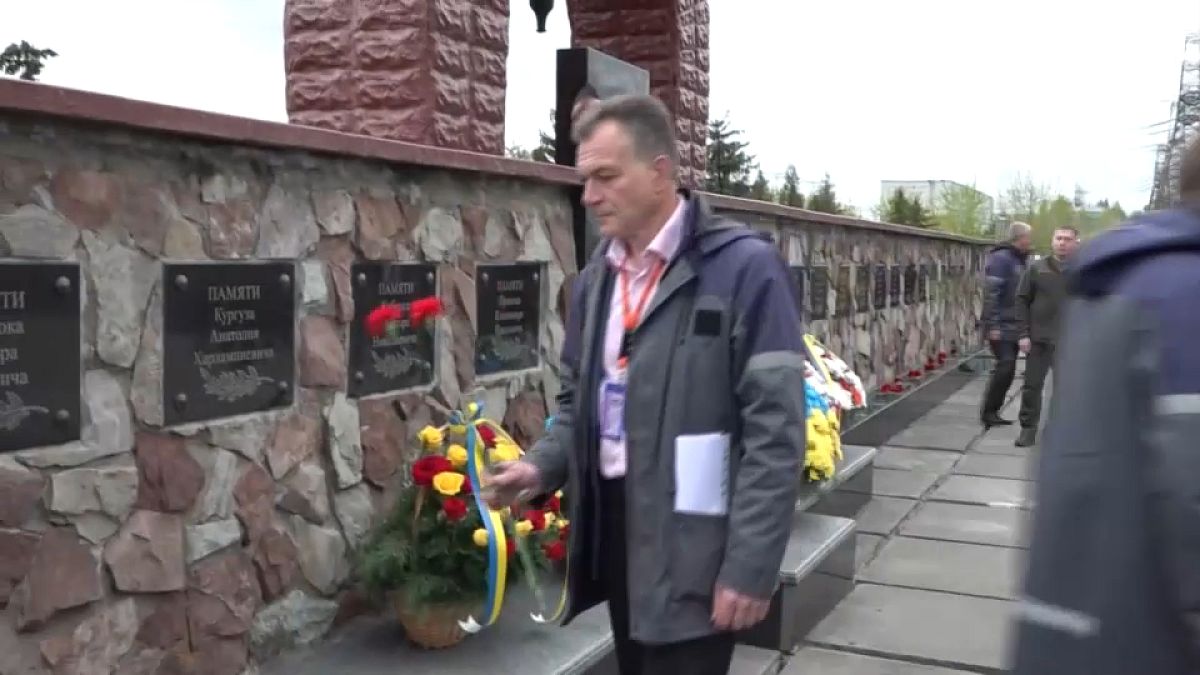
 World1 week ago
World1 week agoZelenskyy warns of Russian nuclear risks on Chernobyl anniversary
-

 Politics1 week ago
Politics1 week agoHouse Republicans brace for spring legislative sprint with one less GOP vote
-

 World1 week ago
World1 week agoAt least four dead in US after dozens of tornadoes rip through Oklahoma
-

 Politics1 week ago
Politics1 week agoAnti-Trump DA's no-show at debate leaves challenger facing off against empty podium



